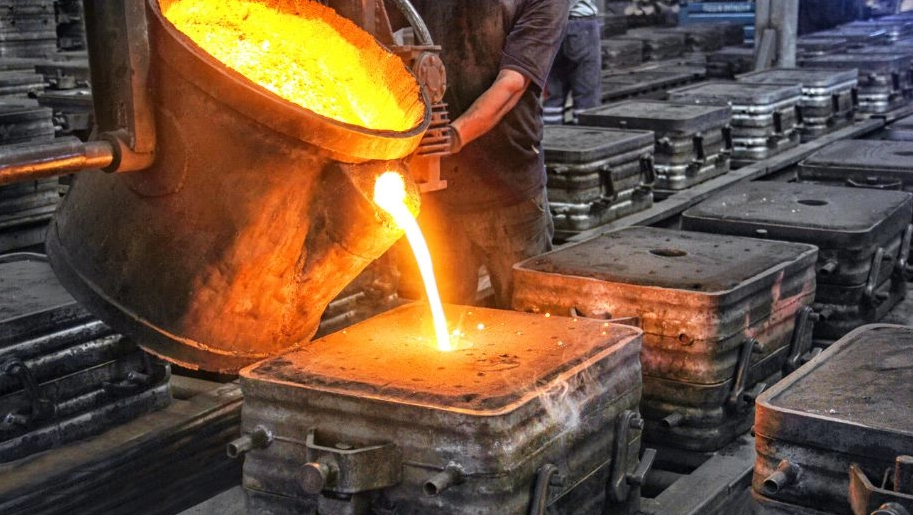Language
Currency


Sand entrapment is a common but critical issue that negatively impacts the quality and reliability of steel castings. Manufacturers, engineers, and quality-control professionals all strive to reduce defects caused by sand inclusion, not only to optimize production efficiency but also to maintain the performance and durability of the final products. In this article, we will explore several practical strategies on how to avoid sand entrapment in steel castings and improve your casting outcomes.

Sand entrapment usually occurs when loose sand particles are washed into the molten metal stream during pouring. This can happen due to weak mold integrity, turbulent filling, or poor gating system design. Recognizing the root causes helps improve casting effectiveness. Consequently, how to avoid sand entrapment in steel castings starts with comprehending mold characteristics and ensuring the mold’s strength, rigidity, and permeability are optimized.
One of the most effective solutions is to pay close attention to the mold design and molding materials. This involves:
A well-designed gating system is essential. Proper gating prevents excess turbulence, which can disturb mold surfaces and carry sand particles into the casting. Key points include:
During pouring, consistency and precision are paramount because any mishandling can cause mold erosion. Professionally trained operators will:
Thorough cleaning and inspection of the mold cavity is a step often underestimated. Cleaning residual sand from previous runs, verifying the mold surface, and using quality kontrol aids (e.g., scanners or borescopes) reduce the possibility of foreign material infiltration. In addition, employing advanced casting processes—such as vacuum casting—at times can further minimize contamination from sand and improve overall casting quality.
Choosing the right alloy composition or additive materials not only optimizes mechanical properties but can also contribute to reducing sand-related defects. Certain alloys show lower volatility and better fluidity, decreasing the erosive effects on mold surfaces. Additionally, selecting higher-quality raw materials can help lessen the entrainment of impurities that may be prone to binding with sand.
Overall, how to avoid sand entrapment in steel castings involves a detailed approach that addresses mold design, gating systems, pouring techniques, and consistent inspection procedures. By focusing on these areas, one can dramatically reduce sand inclusion defects and boost production efficiency.
Email cannot be empty
Password cannot be empty
Email format error
Email cannot be empty
Email already exists
6-20 characters(letters plus numbers only)
The password is inconsistent
Email format error
Email cannot be empty
Email does not exist
6-20 characters(letters plus numbers only)
The password is inconsistent